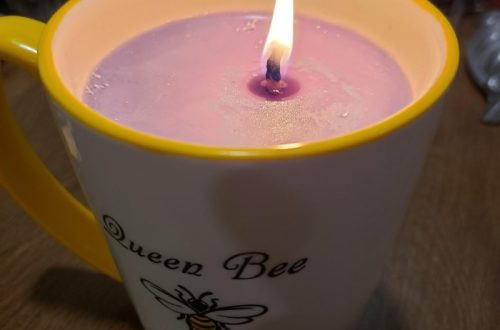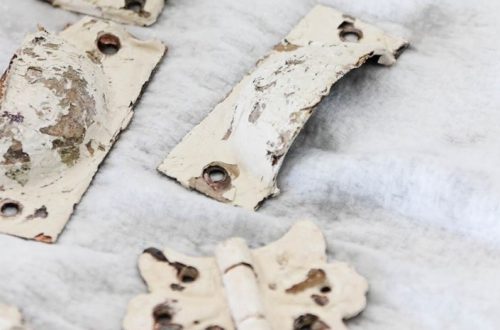In the realm of science, glassware is an essential part of the laboratory environment, providing the means to conduct experiments, hold substances, and perform measurements. Among the various types of glassware, beakers stand out as one of the most versatile and widely used tools in scientific research and education. Their design and material make them suitable for a range of practical applications, from simple mixing tasks to complex chemical reactions. This article delves into the practical uses of beakers in science, exploring their significance through four main discussion points: material composition and design, general laboratory uses, specialized scientific applications, and educational purposes.

Part 1: Material Composition and Design
High Resistance to Thermal Shock
Beakers are typically made from borosilicate glass, a material known for its high resistance to thermal shock. This characteristic allows beakers to withstand sudden temperature changes without cracking, making them ideal for experiments that involve heating or cooling substances. Many chemical and biological processes require precise temperature control, making the ability to safely transition from one temperature extreme to another without damage crucial.
Versatile Design for Various Applications
The cylindrical shape with a flat bottom provides stability, while the spout ensures easy pouring. Beakers come in a variety of sizes, accommodating volumes from a few milliliters to several liters, allowing for flexibility in scaling experiments up or down according to research needs. This versatile design is conducive to numerous scientific applications, making beakers an indispensable tool in any laboratory setting.
Part 2: General Laboratory Uses
Mixing and Stirring Solutions

Beakers serve as versatile vessels for various laboratory applications, with one of their primary uses being the mixing or stirring of solutions. The wide opening of beakers allows for easy access to insert stirrers or other mixing tools, providing scientists and researchers with the flexibility to effectively blend substances. Whether it’s dissolving a solid into a liquid to create a uniform solution or combining multiple liquids, beakers provide the perfect vessel for thorough mixing. The broad surface area of the beaker allows for efficient interaction between the substances, ensuring that reactions occur uniformly and effectively. This makes beakers indispensable for a wide range of experiments and chemical processes, where the thorough mixing of substances is essential for accurate and reliable results. Therefore, beakers play a vital role in facilitating the successful execution of scientific inquiries, allowing for the thorough blending of substances to achieve desired outcomes in laboratory settings.
Heating and Cooling Reactions
Beakers’ ability to withstand high temperatures makes them suitable for conducting reactions that require heating. Using a Bunsen burner, hot plate, or water bath, scientists can carefully control the temperature of substances within a beaker. Similarly, beakers can be placed in ice baths to cool down reactions or preserve samples at a low temperature, showcasing their adaptability to various experimental conditions.
Part 3: Specialized Scientific Applications

Sample Collection and Storage
Apart from their role in active experimentation, beakers are commonly employed for the collection and storage of samples. The chemically inert material composition of beakers ensures that samples remain uncontaminated, making them ideal vessels for preserving the integrity of collected substances. This is especially crucial in fields such as environmental science, where beakers are utilized to collect water samples from diverse sources for subsequent analysis. The non-reactive nature of the beaker’s material safeguards the samples against unwanted interactions, supporting the accuracy of analytical procedures and ensuring reliable results. Additionally, the transparent nature of beakers allows for easy visual inspection of the collected samples, facilitating the monitoring of their physical characteristics and any potential changes over time. As a result, beakers play a crucial role in sample collection and preservation, contributing to the integrity and precision of scientific analysis within various disciplines.
Evaporation and Crystallization Processes
In the laboratory, beakers are versatile and essential tools, particularly well-suited for processes involving evaporation and crystallization. Their design allows solutions to be left uncovered or partially covered, enabling the controlled evaporation of water or other solvents and leading to the formation of crystallized compounds. The wide diameter of beakers accelerates this process by providing a larger surface area exposed to the air, facilitating the evaporation and crystallization of substances. This makes beakers invaluable for the purification and isolation of compounds, as the controlled evaporation process aids in obtaining solid, crystallized material from a solution. Additionally, the transparent nature of the beaker enables visual monitoring of the evaporation and crystallization processes, allowing scientists to closely observe and analyze the formation of crystals. Overall, beakers play a critical role in these important laboratory procedures, supporting the purification and isolation of compounds for scientific research and experimentation.

Part 4: Educational Purposes
Demonstration of Chemical Reactions
Educators widely use beakers in educational settings to demonstrate chemical reactions. Their transparency allows students to observe changes in color, state, and other reaction characteristics in real-time, aiding in the understanding of chemical processes. This visibility is essential for educational demonstrations, making beakers an effective tool for teaching fundamental principles of chemistry and stimulating interest among students. By providing a clear view of the reactions, students can better understand the chemical properties and behavior of different substances. Additionally, using beakers in experiments can help bridge the gap between theoretical knowledge and practical application, enhancing students’ comprehension and fostering a deeper interest in the subject. The versatility of beakers also allows for a wide range of academic experiments, enabling students to explore and understand the complexities of chemical reactions in a hands-on manner.
Teaching Measurement and Volume Estimation

While beakers are not the most precise measuring tools, they are excellent for teaching concepts of volume and estimation in classroom settings. With gradations marked along the side, beakers can help students learn to approximate volumes and understand the importance of accuracy and precision in scientific experiments. This practical experience with volume estimation is a foundational skill in the development of budding scientists.
In conclusion, the practical uses of beakers in science are multifaceted and extend far beyond basic mixing and measuring. Their design, material, and size range make them suitable for a wide array of scientific tasks, from performing complex reactions to demonstrating phenomena in educational settings. Beakers embody the essence of scientific experimentation – versatility, reliability, and the capacity for discovery. Whether in cutting-edge research laboratories or high school chemistry classes, beakers continue to play a crucial role in advancing our understanding of the natural world.


